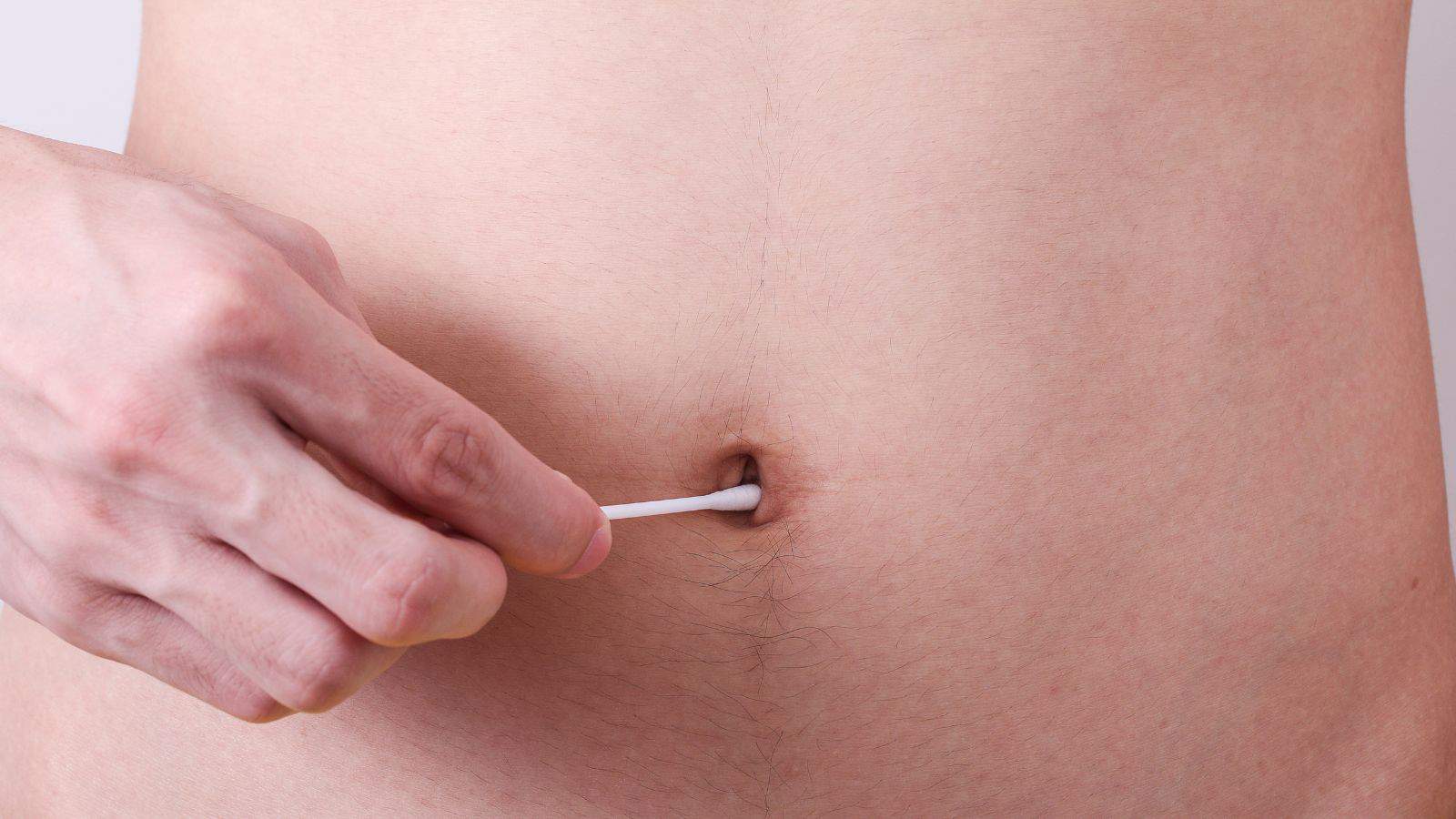While handwashing, teeth brushing, and laundry are common hygiene practices, many people neglect other important routines. You should be treating your body and appearance with the best care possible, so here are 18 overlooked hygiene habits that you’re probably forgetting to do.
Changing Your Toothbrush Regularly

Dental on Central notes that “the bristles of a toothbrush act like a sponge,” absorbing the mouth’s bacteria and microorganisms. Toothbrushes should be replaced every three months to prevent oral infections and to stop worn-down toothbrush bristles from making brushing ineffective.
Vacuuming Mattresses

Most people have never thought of vacuuming their mattresses, but it will reduce dust mites and allergens that can negatively impact sleep quality. Vacuuming at least twice a year will reduce the number of skin flakes in mattresses, minimizing dust mites’ food sources.
Washing Behind the Ears

People often overlook washing behind their ears when showering, but it should be incorporated into daily hygiene practices to avoid irritation and infections. Medical News Today recommends washing behind the ears every time you shower and that “people with sensitive skin or eczema should use sensitive skin soap.”
Cleaning the Belly Button

The navel harbors bacteria and lint, which can lead to unpleasant odors or infections if it is not washed regularly. Make sure you wash it with soap or body wash every time you shower or bathe to prevent nasty fungal infections.
Sanitizing Phone Screens

People constantly touch and swipe their phones on public transportation, in the office, and when out and about. As a result, phones often harbor bacteria and viruses, so it’s important to regularly disinfect the devices with a sanitizer that won’t damage them.
Cleaning Eyeglasses

Eyeglasses accumulate dirt and oil on their nose pads over time. Smudges on the lenses will also appear as the glasses are picked up and handled, which can reduce visibility. Rinse glasses under lukewarm water before applying lens cleaner, rinse again, and dry them with a microfiber cloth regularly.
Using Separate Towels for Your Face and Body

While it may be tempting to use one towel for your face and body, moisturizers, fragrances, and other body products from a body towel can transfer to your face, clogging pores and causing potential breakouts. Ensure you use separate towels for your body and face and wash them twice weekly to reduce breakouts.
Disinfecting Keyboard

Your keyboard is a high-touch area that quickly accumulates germs, debris, and dust. Turn off your computer or laptop, and regularly brush your keyboard with keyboard brushes. Vacuum your keyboard and use cotton swabs dipped in rubbing alcohol to keep it clean.
Washing Reusable Grocery Bags

Reusable grocery bags are a great way of reducing waste and your carbon footprint when shopping, but they can become contaminated with food bacteria like E. coli. Different cloths and plastics require different washing methods, and all reusable bags should be cleaned regularly for food safety.
Replacing Sponges and Dishcloths Regularly

Kitchen sponges and dishcloths are breeding grounds for bacteria. Sponges should be replaced at least every two weeks, and dishcloths should be washed every week. Sponges can also be disinfected between uses to minimize the spread of bacteria.
Cleaning Jewelry

Jewelry worn on the skin accumulates skin oils, soaps, and lotions that build over time. There are plenty of simple cleaning solutions for different types of jewelry to stop them from dulling and losing their shine.
Thoroughly Drying Feet

Many people neglect to thoroughly dry their feet after stepping out of the shower or the swimming pool. Texas Foot Works recommends “thoroughly drying, especially in between the toes,” and moisturizing to soften the skin.
Sanitizing Handbags and Wallets

Handbags and wallets are high-touch items that can transfer germs to other surfaces around your home. Different materials will require different cleaning methods to avoid damage. Leather, for example, can be cleaned with a water solution and a mild soap or a specialized leather cleaner.
Washing Shower Curtains

Shower curtains are constantly exposed to moisture, especially in damper homes and bathrooms with smaller windows. Mold and mildew can quickly grow on shower curtains, whether plastic or made from various fabrics, so they should be washed monthly, and bathrooms should be properly ventilated.
Caring for Pet Bedding

Pet bedding quickly accumulates fur, dander, and odors that can spread across the home as pets move around. Bedding should be alternated and washed weekly to keep pets healthy and floors and surfaces free from hair.
Cleaning Under Fingernails

Dirt and bacteria under fingernails can contribute to illnesses, especially when bacteria growth occurs in artificial nails. Shorter nails are less likely to carry bacteria and are easier to clean with soapy water in the sink or shower.
Sanitizing Steering Wheels

Vehicle interiors, especially the steering wheels, can quickly accumulate germs and grime from hands and food. Glove Box writes that the steering wheel is the most touched part of any vehicle and will become “gummy to the touch,” discolor, and shine. They recommend regularly using a soft microfiber towel, a gentle interior cleaner, and a detailing brush to keep it clean.
Cleaning the Inside of Purses and Backpacks

Crumbs from food, dust, and receipts can quickly accumulate in purses and backpacks, and items can spill or leak, causing stains and odors. To keep your purses and backpacks fresh and organized, regularly vacuum them and use fabric and leather cleaners.
